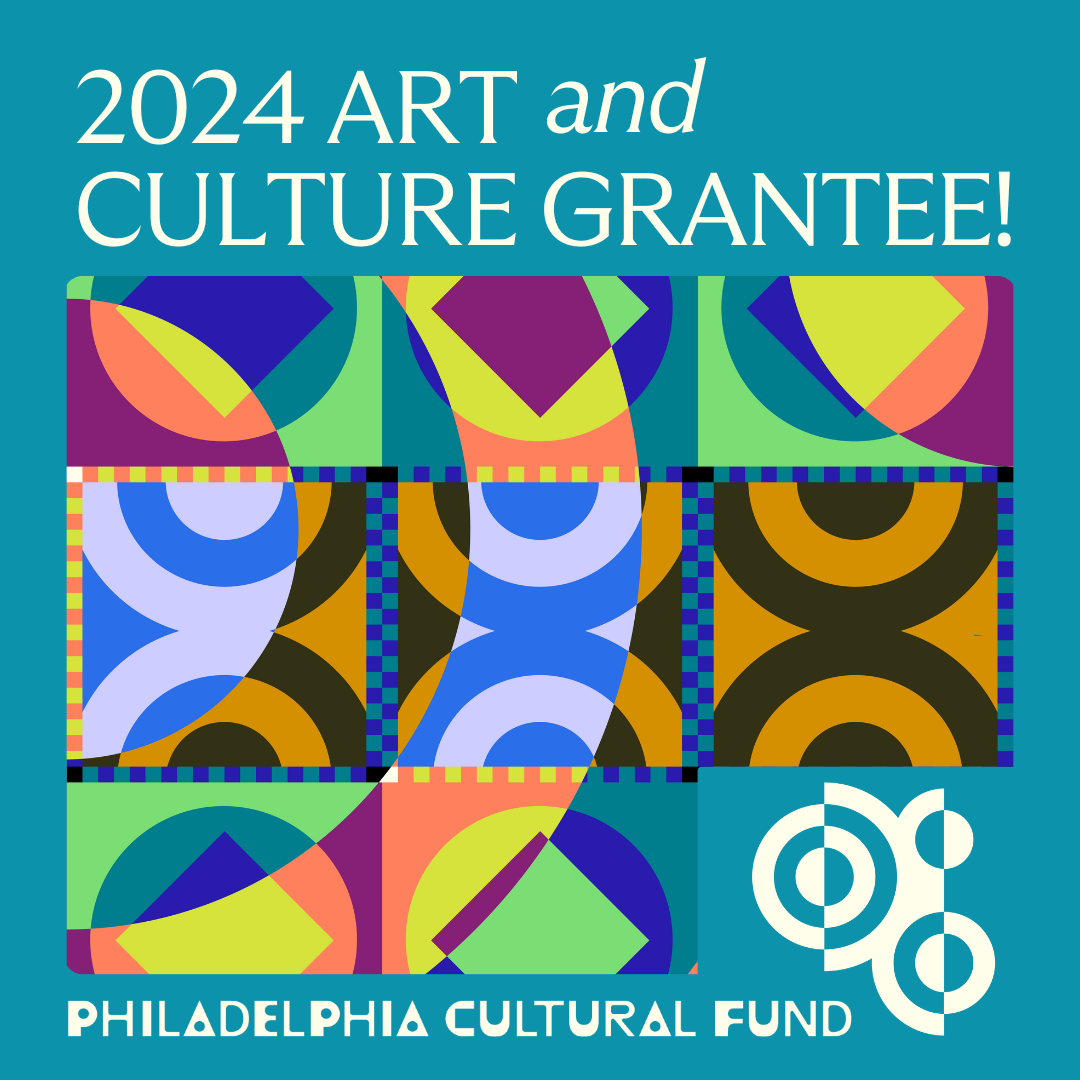This popular early 20th century style, synonymous with the Jazz Age, has been described as having one foot in the past and one foot in the future. Its sleek appearance foretells the debut of Modernism while its use of Mayan and Aztec motifs echoes the past. Among Philadelphia’s outstanding examples featured on this walk is
Archives: Walking Tours
Public Art, Landmarks, and Transformations along the Schuylkill
The Schuylkill River received its name because of the confluence; groves of trees, sycamores, and oaks once obscured the entrance of the Schuylkill. In Dutch, Schuylkill means “hidden stream”. This 130-mile corridor over the years has shaped the lives and landscape of Philadelphia. Learn about the changes and development along the lower Schuylkill River and
Rittenhouse Square West
Contrast the many generations of high-rise apartment building architecture on the Square – representing every decade of the 20th century – with the smaller scale of the grand houses on nearby streets while walking past some of Philadelphia’s most fashionable brownstones.
Girard Estate
Trace the history of this South Philadelphia neighborhood from its origin as a colonial farm to the early 20th century planned development of “Ideal City Homes.” See outstanding examples of Bungalow, Colonial Revival and Spanish Revival residential styles.
Take a Tour of Tourison in East Mt. Airy
Ashton Tourison, Sr. was born in Mt. Airy in 1851 to a former captain in the Civil War. Beginning in the 1870s, he had a grand vision for and confidence in the future of Mt. Airy. In approximately 1904, he purchased 125 acres between Chew and Stenton Avenues, from E. Durham Street to Meehan Avenue,
